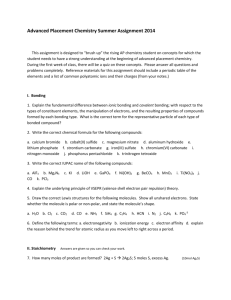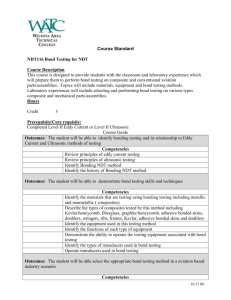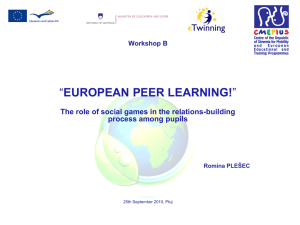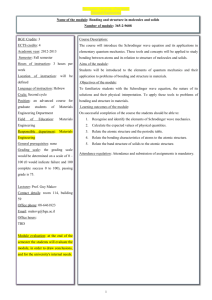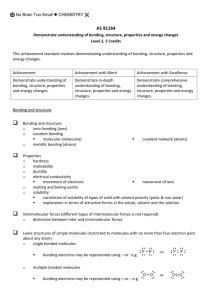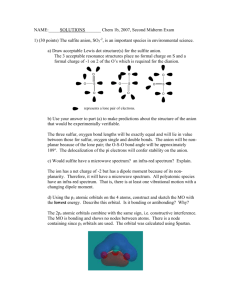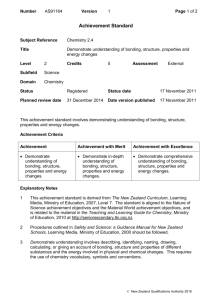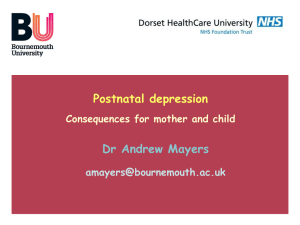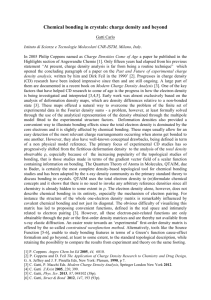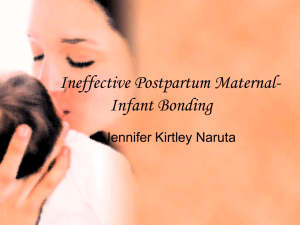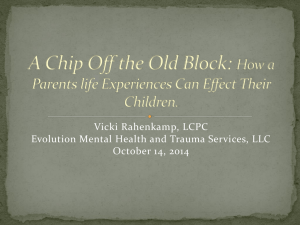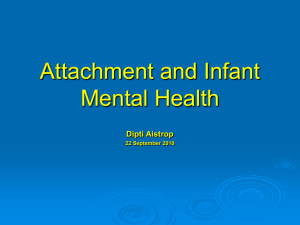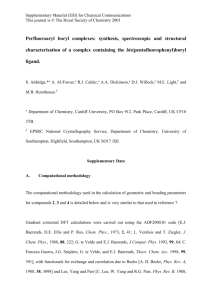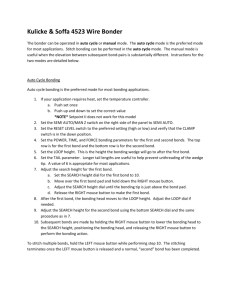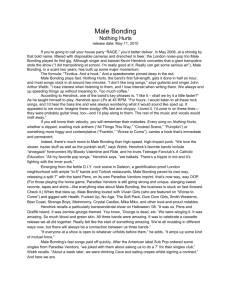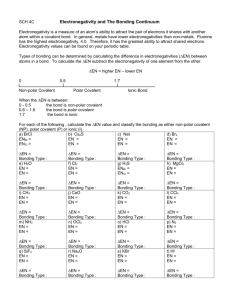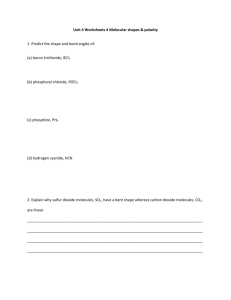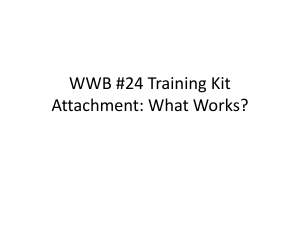Infant Bonding, Attachments & Trust
advertisement
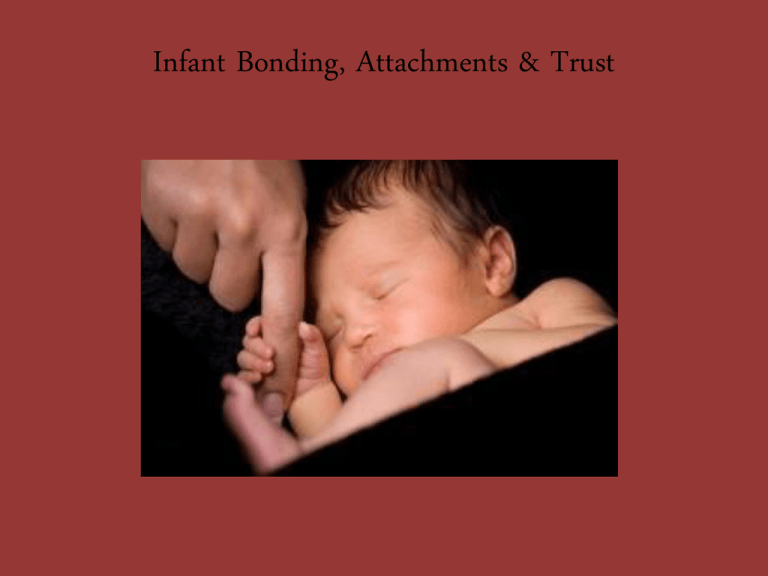
Infant Bonding, Attachments & Trust What types of things bond together? • Think-pair-share with your neighbor all of the things that bond together. • Share with entire class • What would happen if the bonds didn’t hold or were weak? Bonding • Bonding is term used to describe a parent’s tie to an infant and typically occurs early in the child’s life. Today we are going to explore why bonding is so important. • Activity: Using the article “Bonding with Baby” from http://kidshealth.org/parent/pregnancy_new born/communicating/bonding.html • Divide the class in 7 groups (seven headings) and have each group read, summarize, and draw an illustration for their one section…this would be in the form of a poster. • Present posters to the rest of the class. • View the following clips on bonding: • http://www.youtube.com/watch?v=9erXHlA_js&feature=related • http://www.thevisualmd.com/center.php?idg=83 32 Writing Assignment • Write a summary paragraph describing why bonding is so important and how you plan to bond with your baby. What is ATTACHMENT? • Attachment is an emotional bond to another person. • Theorist John Bowlby believed that the earliest bonds formed by children with their caregivers have a tremendous impact that continues throughout life. Attachment Theory • The central theme of attachment theory is that primary caregivers who are available and responsive to an infant's needs allow the child to develop a sense of security or trust. The infant knows that the caregiver is dependable, which creates a secure base for the child to then explore the world… Developing Trust Secure Attachments • If we have secure attachment relationships in infancy, we will: • Feel safe/secure • Be able to trust (Erik Erikson theory) • Develop meaningful connections with others • Explore our world • Deal with stress • Balance emotions Trust Lab Experiment • Blindfold everyone but one person in your group; designate that person as your leader. • Sighted leader can give verbal instruction only and no physical guidance. • Prepare the recipe written on the paper I have given you and begin. • Note: Everyone needs to mentally make notes on what happens good/bad with this experiment for discussion/reflection purposes. Insecure Attachments • If infants experience insecure attachment relationships, they will: Tune out/turn off—no emotional connections, distant Be insecure/mistrusting-be anxious, fearful (Erik Erikson theory) Become disorganized, aggressive, angry—will not love easily or be sensitive to others Possibly develop slowly—mental/physical delays Touch is Important • Sensory Deprivation research has shown us that we can’t live without touch or we will develop abnormally, suffer from depression or possibly even die. Throughout history orphanages have had a history of this as seen in this video clip: • http://www.youtube.com/watch?v=UtQ4sPgN oEY Harry Harlow • The need for love was proven based on experiments by Harry Harlow along with surrogate mothers to monkey’s in the 1960’s. The bottom line was that the need for a loving relationship (in this case fur) was stronger than the need for food as you can see in this video clip: • https://www.youtube.com/watch?v=_O60TYAIgC4 Assignments • Complete the enrichment activity “Trust Versus Mistrust” and the ACES writing prompt (Use the graphic organizer if necessary to help you set up your written response): • According to theorist Erikson…”Securely attached children approach life with a sense of basic trust—a sense that the world is predictable and reliable.” Use at least two examples from your notes/resources to justify (support or refute) this statement. Be sure to

